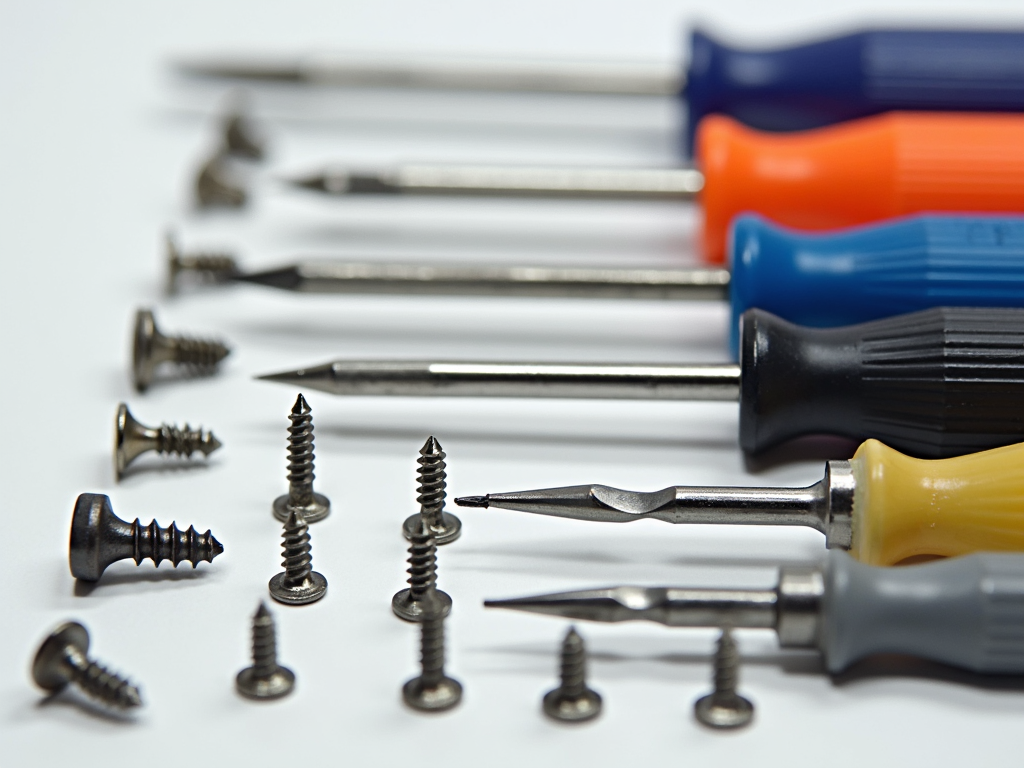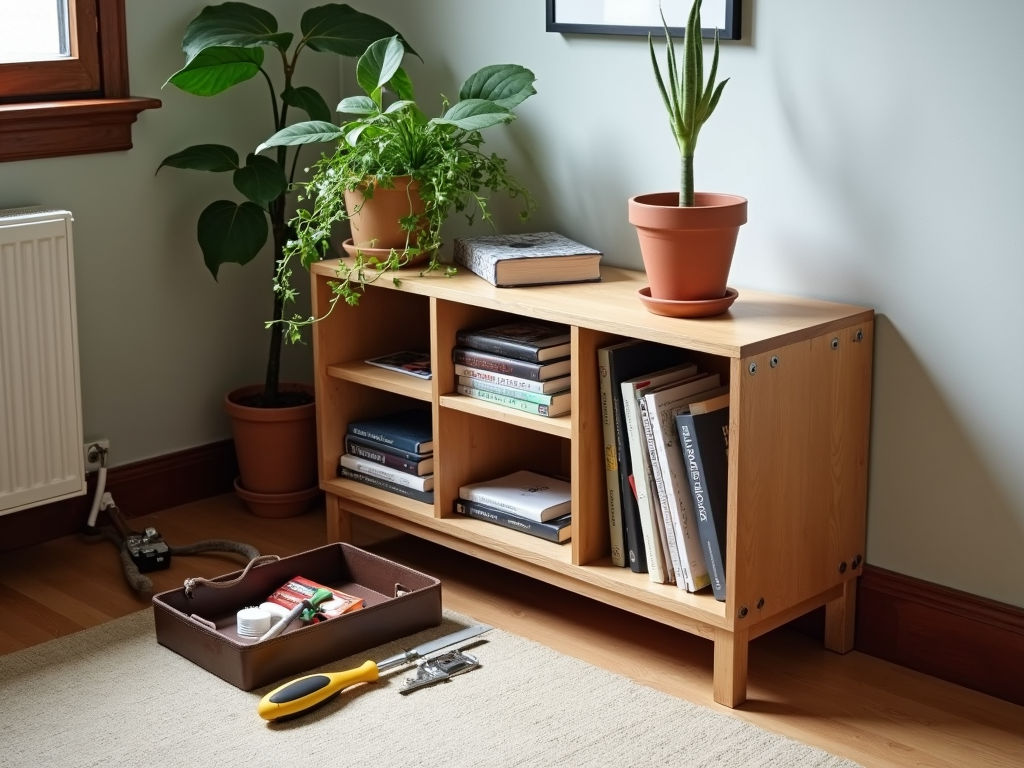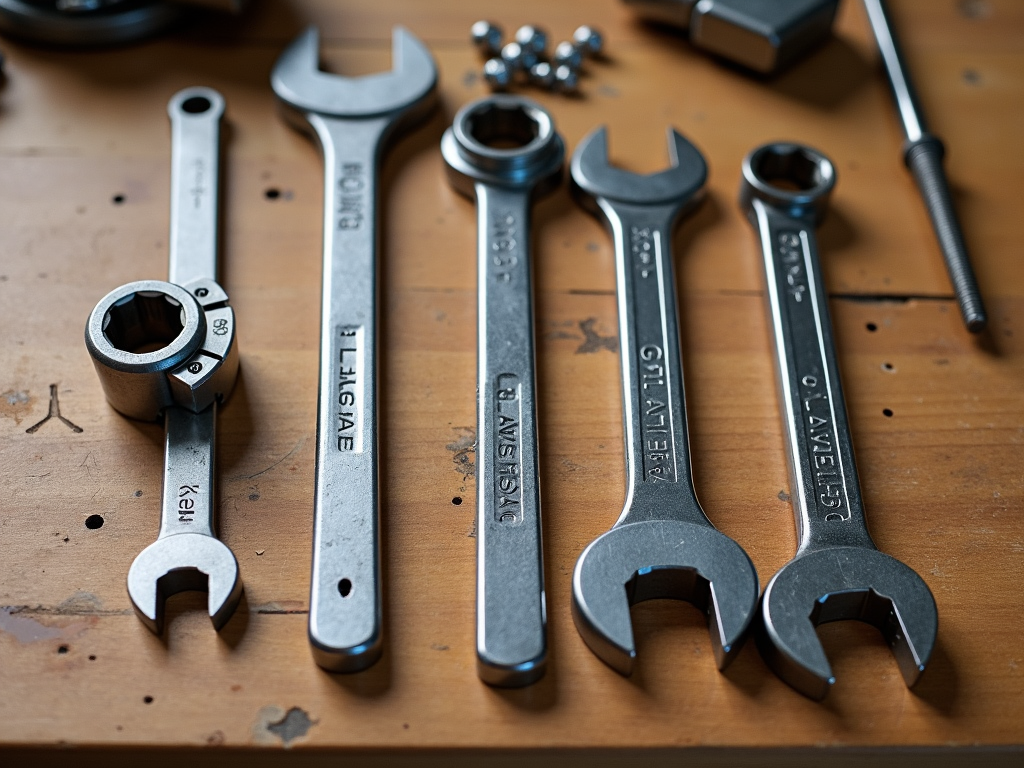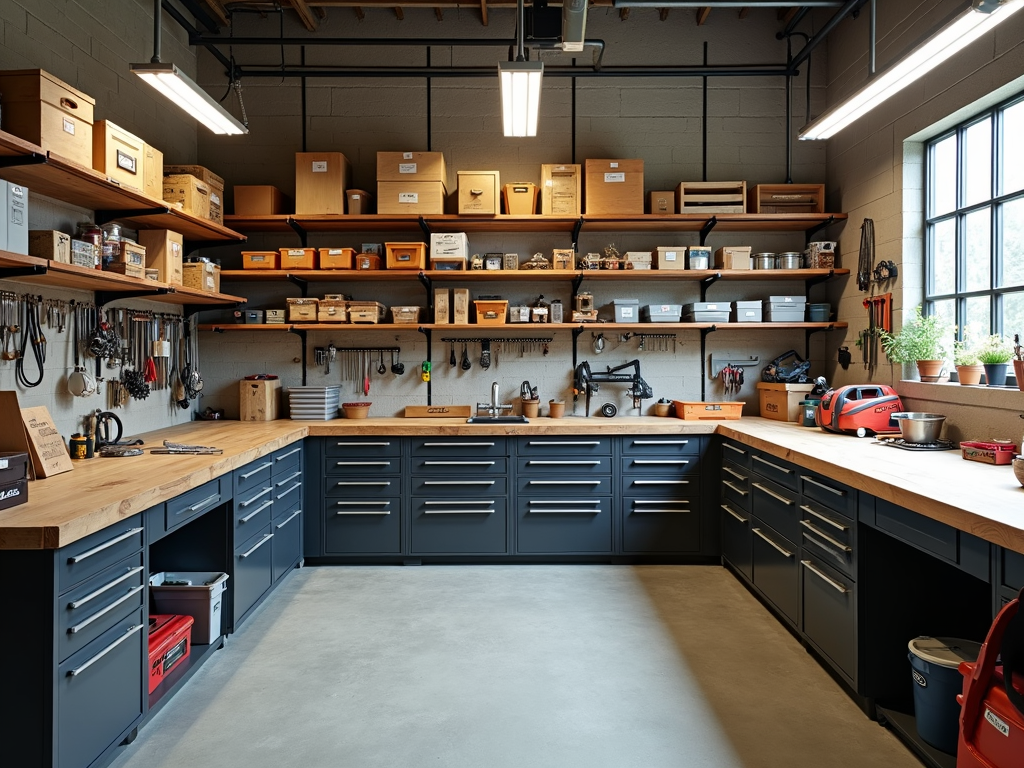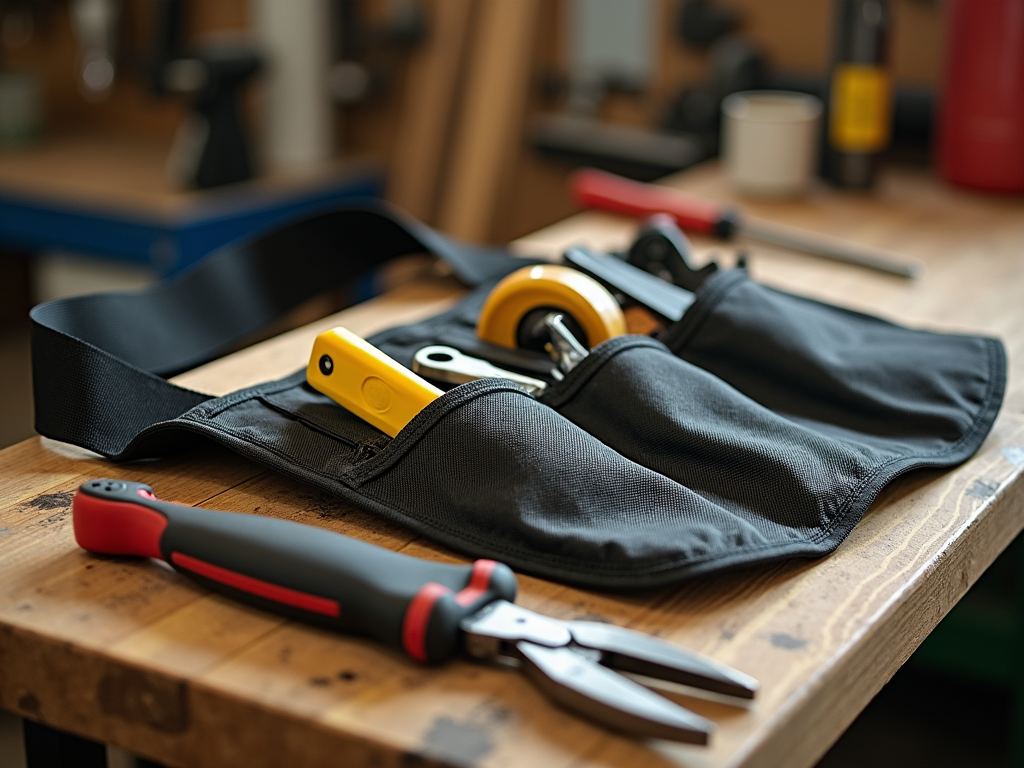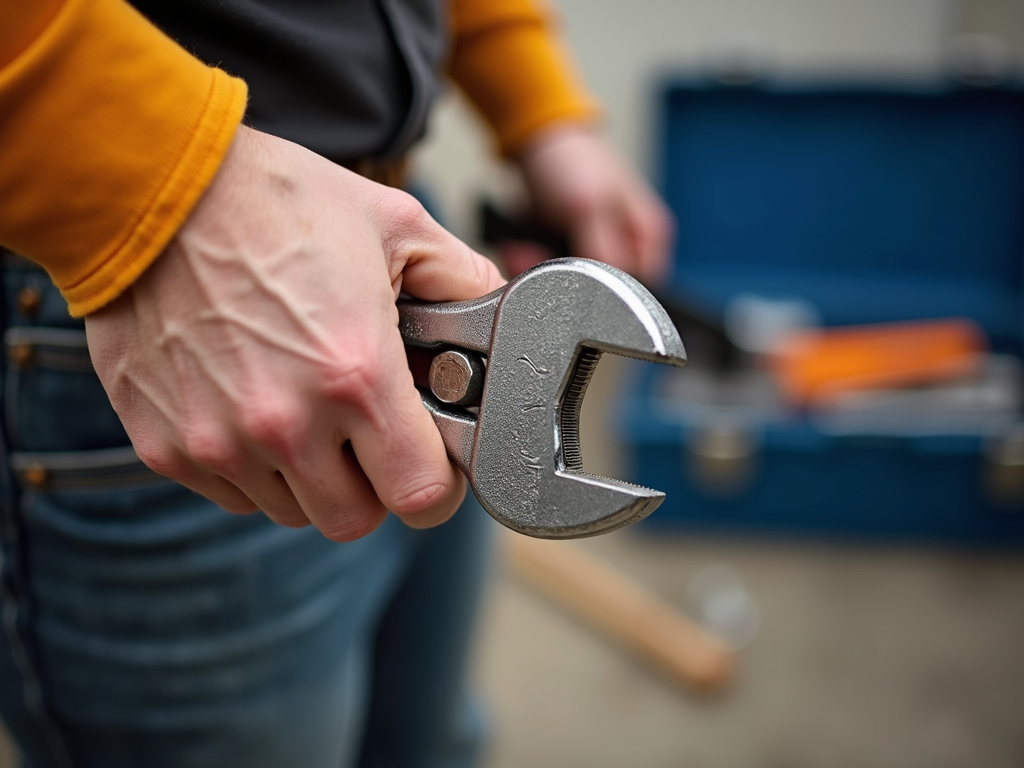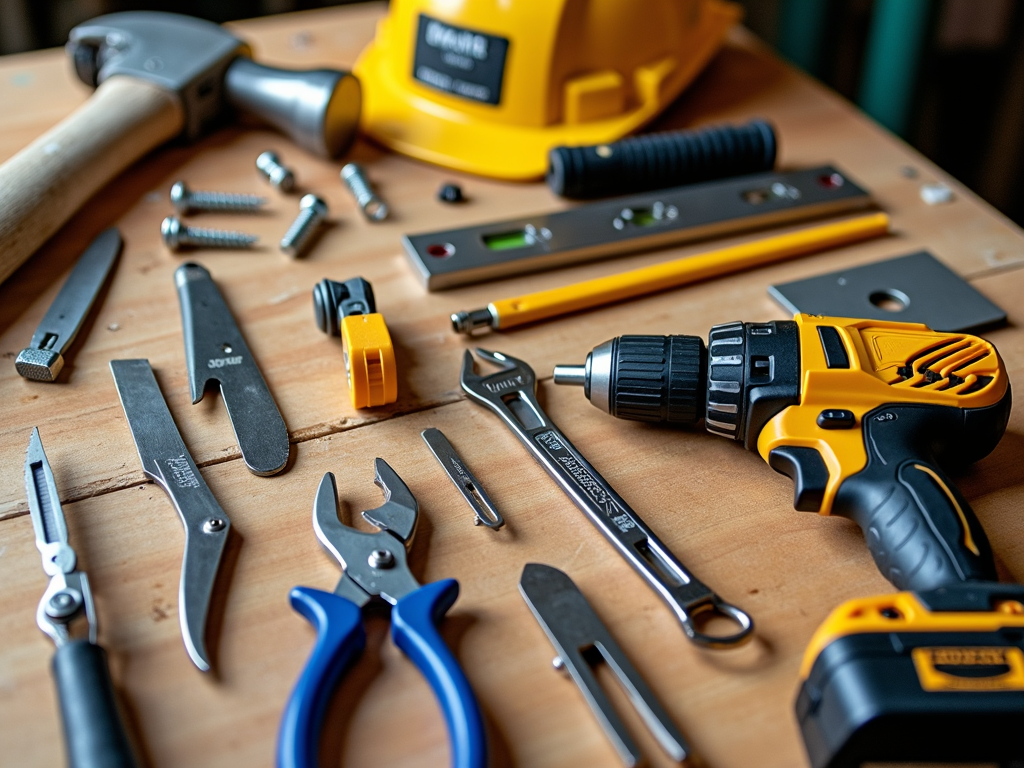Overview
Hand tools are essential for tasks ranging from simple home fixes to big building projects. This guide gives you a full rundown on hand tools—their types, uses, care, and how to keep them organized. It’s packed with tips for beginners and pros alike to boost your tool skills.
Welcome to the World of Hand Tools
Hand tools have been around forever, helping people build homes, fix things, and create stuff from scratch. Think about a basic hammer or a fancy screwdriver—these tools let us get work done. In The Ultimate Guide to Hand Tools, we’ll cover everything you need to know. You’ll learn about different tools, how to use them, and how to keep them in top shape. Plus, we’ll talk about staying organized with things like tool belts with ergonomic designs to make your work easier and faster.
What Are the Main Types of Hand Tools?
Hand tools come in all shapes and sizes, each designed for specific jobs. Here’s a quick look at the main categories:
- Cutting Tools: Saws, knives, and scissors slice through wood, metal, or fabric.
- Striking Tools: Hammers and mallets drive nails or break things apart.
- Turning Tools: Screwdrivers and wrenches tighten or loosen screws and bolts.
- Measuring Tools: Tape measures, rulers, and levels keep your work precise.
- Holding Tools: Pliers and clamps grab and hold stuff tight.
Every tool has a purpose, so picking the right one matters. I’ve learned this the hard way—using a flathead screwdriver on a Phillips screw just strips it!
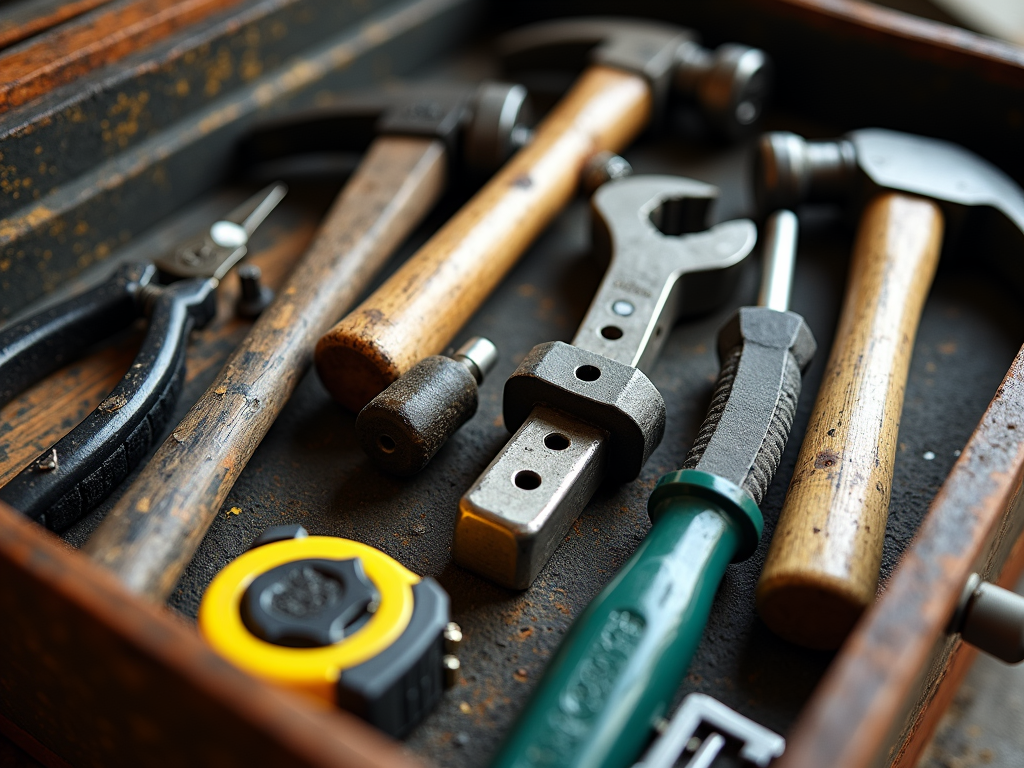
How to Pick the Right Hand Tools
Choosing tools can feel like a puzzle, especially with so many choices out there. Here’s what’s worked for me:
- Match the Job: If you’re fixing wiring, get insulated tools. For woodworking, a good saw is key.
- Go for Quality: Cheap tools break fast. Spend a bit more on brands you trust—I’ve had a sturdy hammer for years that’s still going strong.
- Comfort Counts: Look for tools with soft grips. Tool belts with ergonomic designs are a game-changer too—they keep tools handy without hurting your back.
- Multi-Use Tools: A wrench that adjusts or a multi-bit screwdriver saves space and money.
Start small, build your collection, and soon you’ll have all the workman tools you need.
Keeping Your Tools in Shape
Taking care of your tools makes them last longer and work better. Here’s how I keep mine ready:
- Clean Them: After a job, wipe them down. Dirt and grime can rust metal fast.
- Oil Moving Parts: A drop of oil on pliers or wrenches keeps them smooth. I learned this after a rusty pair locked up on me.
- Store Smart: A dry spot—like a toolbox or shelf—beats tossing them in a damp garage.
- Check Them Out: Look for cracks or wear. A wobbly hammerhead once slowed me down mid-project.
A little effort goes a long way. Well-kept tools save you time and cash.
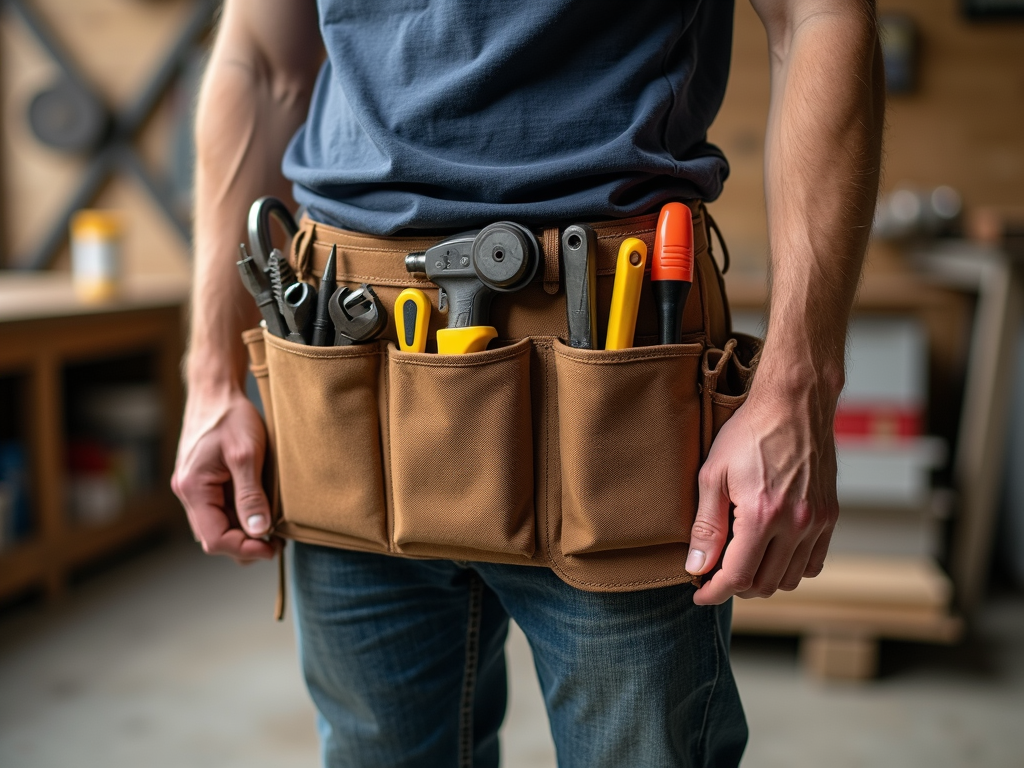
Organizing Your Tools Like a Pro
A messy workspace kills your vibe—and your tools. Here’s how to stay tidy:
- Toolboxes: Great for storing tools safely when you’re done.
- Pegboards: Hang tools on a wall so you can grab them fast.
- Tool Belts: I love my tool belts—especially ones with ergonomic designs. They keep my hammer, tape measure, and pliers right where I need them, no strain.
Once, I spent 20 minutes hunting for a screwdriver. Now, with a good setup, everything’s in reach. It’s a small change that makes a big difference.
Staying Safe with Hand Tools
Safety isn’t optional—it’s a must. Here’s what keeps me injury-free:
- Gear Up: Safety glasses and gloves protect your eyes and hands. I’ve had wood chips fly at me—glasses saved the day.
- Use Them Right: Don’t force a tool to do something it’s not meant for. A wrench isn’t a hammer!
- Keep Them Sharp: Dull blades slip and cause accidents. Sharpen that saw.
- Pay Attention: No texting while hammering. Focus keeps you safe.
The U.S. Consumer Product Safety Commission says thousands get hurt yearly with hand tools. Don’t be one of them—stay smart.
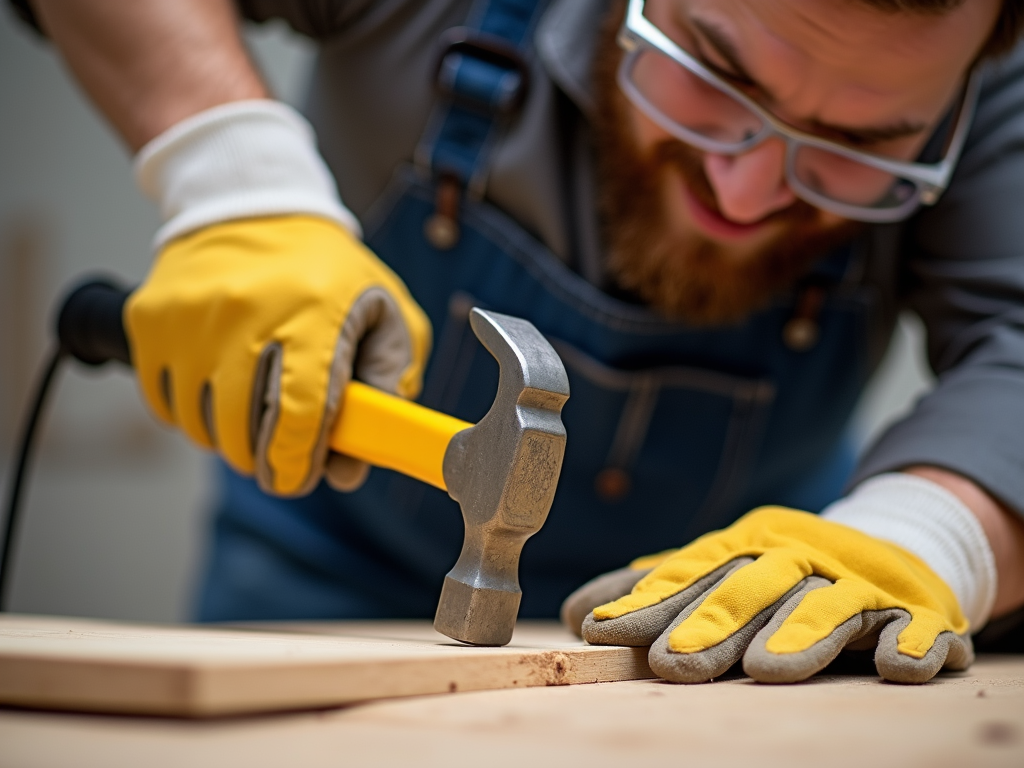
My Take on Hand Tools
I’ve been using hand tools since I was a kid, helping my dad fix leaky pipes or build shelves. Over time, I’ve realized they’re more than just objects—they’re partners in getting stuff done. A good tool feels right in your hand and makes hard jobs easier. Whether you’re new to this or a seasoned pro, respect your tools, and they’ll serve you well. Practice makes you better, so don’t shy away from small projects to build your skills.
Wrapping It Up
Hand tools are the backbone of countless projects. Knowing their types, how to choose them, and how to care for them sets you up for success. Add in some organization—like using tool belts—and a focus on safety, and you’re ready to tackle anything. Keep learning, keep building, and enjoy the process.
Final Summary
This guide walked you through hand tools—what they are, how to pick them, maintain them, and organize them. It’s got tips for safety and personal tricks I’ve picked up. Beginners and experts alike can use this to level up their tool game and work with confidence.
Related The Ultimate Guide to Hand Tools:
- Must-Have Wrenches for Every Toolbox
- Upgrading Your Home’s Electrical System
- Screwdriver Safety Tips for Beginners: Essential Guide for Safe Tool Use
- DIY Projects for Beginners: A Guide to Getting Started and Maintaining Your Tools
- How to Use Wrenches Safely: A Comprehensive Guide
- The Science Behind Power Washers: How They Work
- Top Workman Tools: Brands You Need to Know
- Advanced Techniques for Workshop Organization
- The Ultimate Guide to Tool Belts with Built-in Storage
- Essential Gear for New Contractors: Building Your Toolkit for Success
- 10 Must-Have Painting Tools for Faster Projects
- Top 10 Must-Have Tools for DIY Beginners: Your Essential Guide to Starting Strong


